When the UNESCO World Heritage list was first published in 1978, there were only 12 places included. Since its inception, the list has now grown to encompass over 1000 sites worldwide, identified as places on Earth that are of outstanding value to humanity in terms of cultural, historical, or scientific significance. The UNESCO designation confers protective status on these destinations, granting them legal protection by an international convention that has been signed by 193 nations.
I’ve had the privilege of visiting several UNESCO World Heritage sites throughout my travels, spanning five continents. Here’s a look back on my experiences.
Jump ahead…
Africa | Asia | Europe | North America | South America
AFRICA
Bwindi Impenetrable National Park, Uganda

Date of inscription: 1994
Occupying 124 square miles in southwestern Uganda, Bwindi Impenetrable National Park is the world’s top destination for gorilla trekking. Hiking through the forest’s tangled undergrowth and thick canopy was one of the most strenuous exercises that I’ve ever been subjected to, but it was worthwhile for the unforgettable experience of catching an elusive glimpse of the majestic highland mountain gorillas.
Read more: Uganda see these gorillas
Kilimanjaro National Park, Tanzania
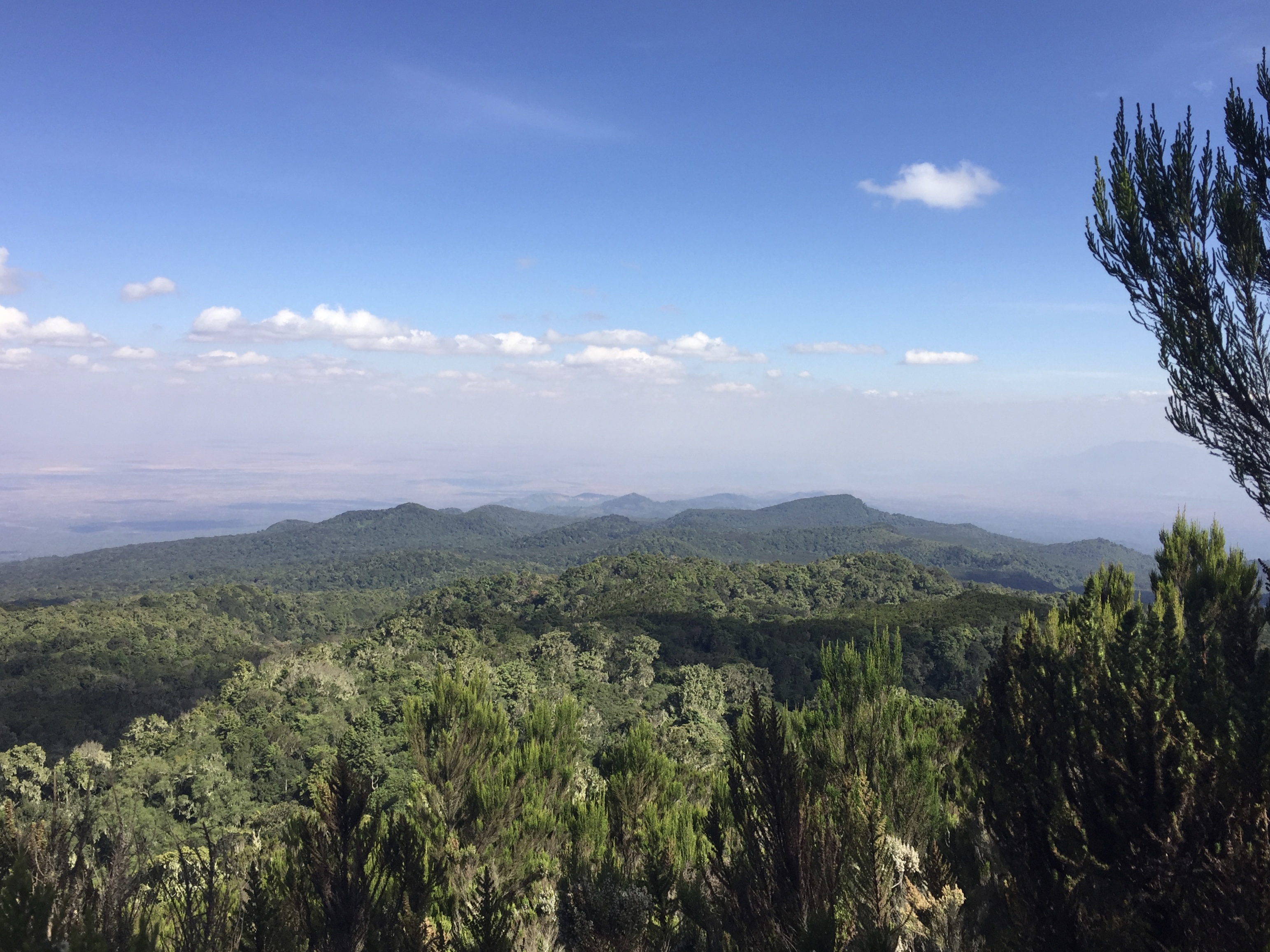
Date of inscription: 1987
Standing at 5895 metres, Mount Kilimanjaro is the highest point in Africa. The volcanic massif looms over the savannah, surrounded by plains and encircled by mountain forest. My day hike to base camp via the Marangu route was an opportunity to spot plenty of flora and fauna, including a selection of some of the world’s most endangered species.
Read more: Looking back (and up) at Mount Kilimanjaro
ASIA
Angkor, Cambodia
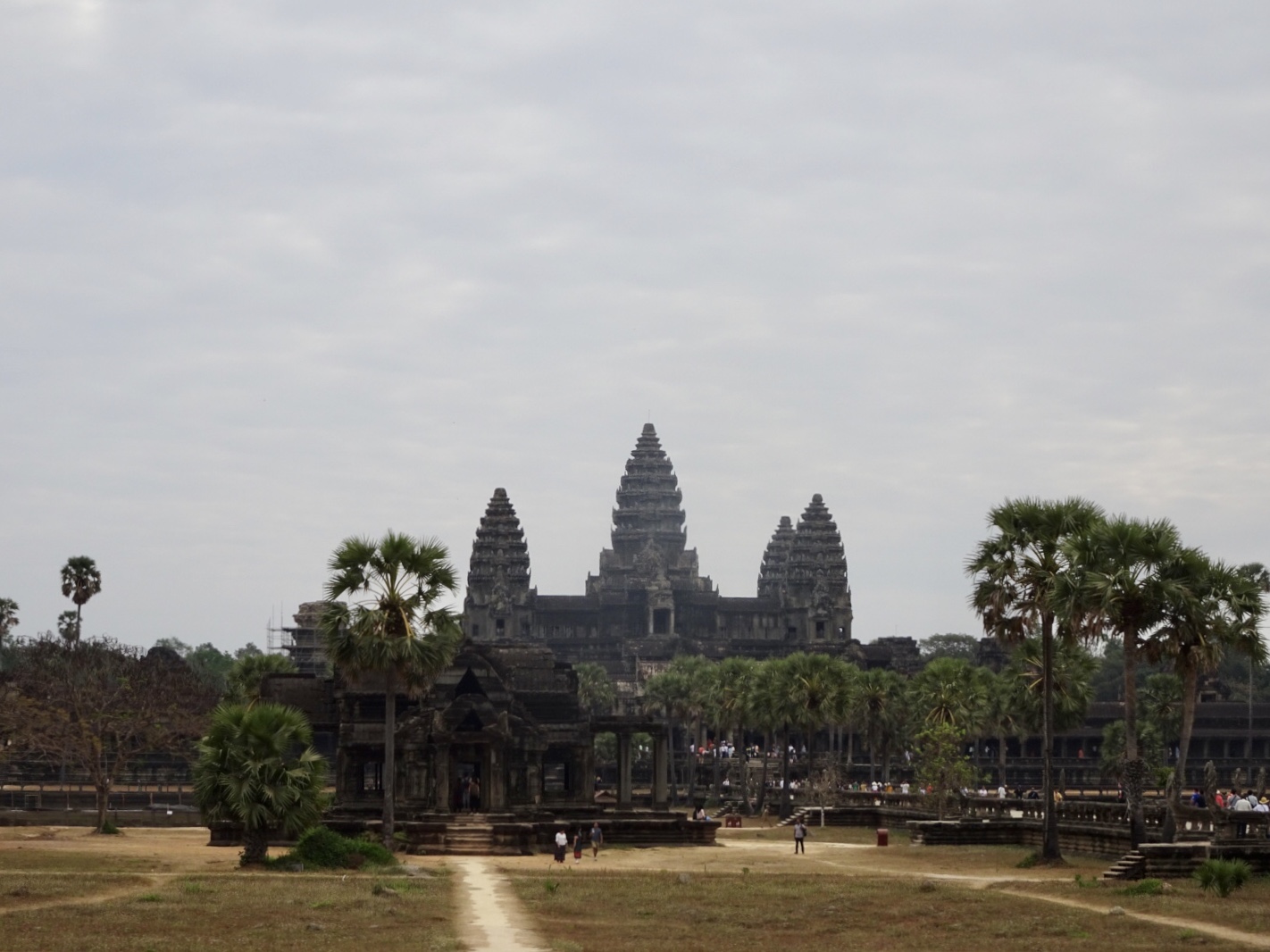
Date of inscription: 1992
Angkor Archaeological Park is a massive complex spanning over 400 square kilometres, situated just outside of Siem Reap town. It contains magnificent remains of the Khmer Empire dating from the 9th to 15th centuries, most notably Angkor Wat, Angkor Thom, and Bayon Temple. Visiting this incredible piece of history was a top highlight of our time in Cambodia.
Read more: The one with all the Angkor temples
Changdeokgung Palace Complex, South Korea

Date of inscription: 1997
Located in northern Seoul at the foot of Ungbong Peak, Changdeokgung Palace was constructed in the 15th century during the Joseon Dynasty as a secondary palace to neighbouring Gyeongbokgung. It is remarkable in its design which embraces the local topography, placing the palace structures to the south and incorporating an extensive garden to the north. Also known as Biwon, the Secret Garden features beautiful foliage that we had the chance to admire when we visited Seoul in the middle of autumn.
Read more: A cool break in South Korea
Ha Long Bay, Vietnam
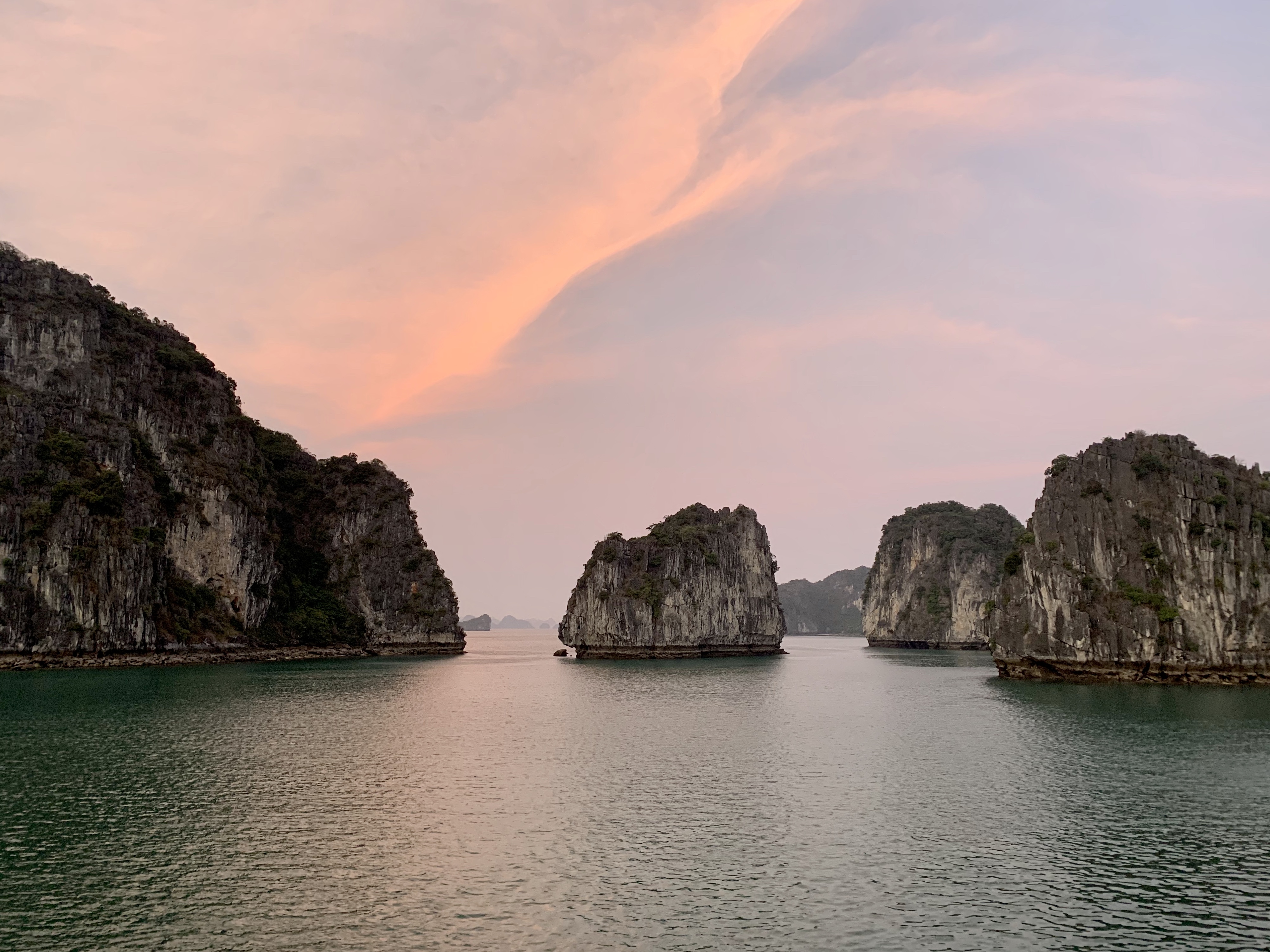
Date of inscription: 1994
Ha Long Bay, located within the Gulf of Tonkin in northeast Vietnam, comprises a spectacular seascape of limestone monoliths made up of 1600 islands and islets. The area’s exceptional natural beauty makes it an obvious choice for inclusion as a Heritage Site, but a consequence of its notoriety is pollution and overcrowding by tourists. This is why we opted to visit the adjacent Bai Tu Long Bay, which remains untouched and equally as breathtaking, at least for now.
Read more: Cruising Bai Tu Long Bay on Dragon Legend
Hoi An Ancient Town, Vietnam
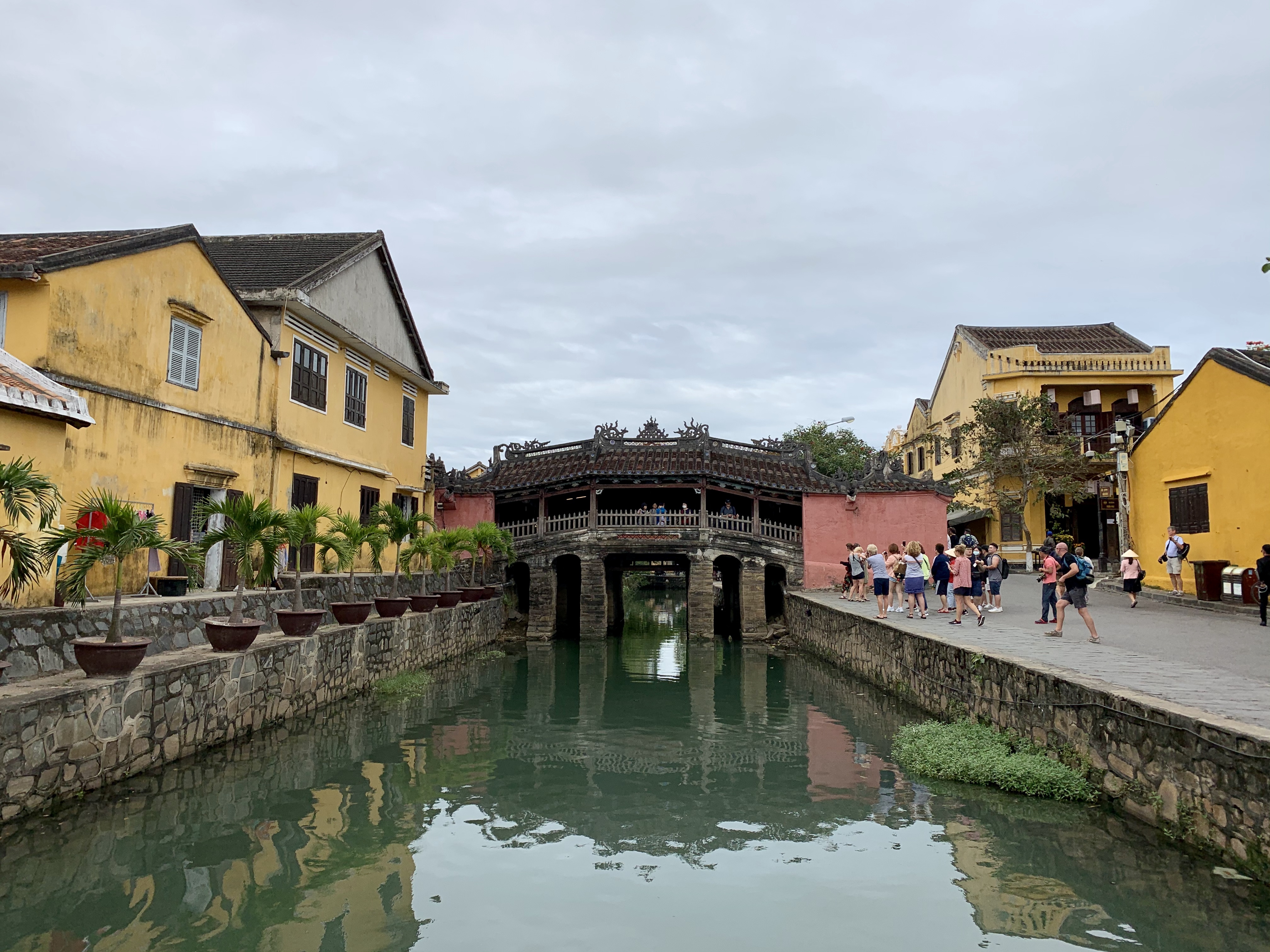
Date of inscription: 1999
The quaint town of Hoi An in central Vietnam is a well-preserved example of a small-scale Southeast Asian trading port dating from the 15th to 19th centuries. Its architecture and street plans reflect a unique combination of indigenous and foreign style, principally Chinese and Japanese with later European influence. We loved staying in Ancient Town and wandering its lantern-lit streets at night, and of course, sampling the incredible food that makes this region of Vietnam the country’s culinary centre.
Read more: Eating up and exploring Hoi An
Mount Fuji, Japan

Date of inscription: 2013
Mount Fuji, or Fujisan, is a stratovolcano that is revered not only as a natural landmark but also a cultural monument. Its representation in Japanese art goes back to the 11th century, and it has long been the object of pilgrimages and inspired poets and artists. Located 100 kilometres southwest of Tokyo, it was an easy day trip for us on our visit to Japan. We admired the view of this sacred mountain from Lake Kawaguchiko in the Fuji Five Lakes region.
Read more: A view of Mount Fuji from Lake Kawaguchiko
Luang Prabang, Laos

Date of inscription: 1995
Located in the mountainous northern region of Laos, Luang Prabang was notable as the royal and religious capital of Laos during the reign of King Sisavang Vong, until Vientiane became the administrative capital in 1946. The creation of this city is associated with many legends, including one that recounts that Buddha would have smiled when he rested there during his travels. A quiet riverside destination, Luang Prabang is exceptional for its rich architectural and artistic heritage which reflects a fusion of Lao traditional elements with that of the colonial era. Our three days here were a delightful part of our travel through the sleepy country of Laos.
Read more: A couple days in lovely Luang Prabang
Trang An Landscape Complex, Vietnam

Date of inscription: 2014
Situated within Ninh Binh province at the southern margin of the Red River Delta in Vietnam, the Trang An Complex features a landscape of limestone karsts within partially submerged valleys and surrounded by steep cliffs, sometimes referred to as ‘Ha Long Bay on land’. Trang An holds global significance as a uniquely outstanding humid tropical tower-karst landscape in the final stages of geomorphic evolution. A particular highlight of its geology is the subterranean waterways that are navigable by small boats. Touring this tranquil, beautiful spot was the perfect way to cap off our trip to Vietnam.
Read more: Last look at Vietnam in Ninh Binh
EUROPE
Amalfi Coast, Italy

Date of inscription: 1997
The Amalfi Coast of southern Italy has been intensively settled since the early Middle Ages, with local people adapting their use of land to the diverse terrain. It was inscribed as a Heritage Site for its dramatic topography reflective of Mediterranean landscape, and for its significance as a longstanding human settlement. Although our day trip to the towns of Amalfi and Positano was exhausting, we appreciated the striking views and would consider returning for a proper exploration someday.
Works of Antoni Gaudi, Spain

Date of inscription: 1984
Architect Antoni Gaudí shaped the aesthetic of Barcelona with his innovative design of seven properties in and near this Catalonia capital. These include Parque Güell; Palacio Güell; Casa Mila; Casa Vicens; Gaudí’s work on the Nativity façade and Crypt of La Sagrada Familia; Casa Batlló; and Crypt in Colonia Güell – the designs of which reflect Gaudi’s unique artistic style combined with techniques of 20th century Modernism. They are a sight to see and one of the many reasons why Barcelona remains my favourite European city.
Read more: Soaking up the sights in Spain
Historic Centre of Florence, Italy

Date of inscription: 1982
The Tuscan city of Florence was built on the site of an Etruscan settlement, eventually evolving into a symbol of the Renaissance in the early Medici period of the 15th and 16th centuries. The present historical centre retains 700 years of artistic and cultural development, with churches, galleries, and monuments that were a wonder to explore on our brief visit while discovering Italy.
Historic Centre of Rome, Italy

Date of inscription: 1980
As the original centre of the Roman Republic, and subsequently the Roman Empire, it’s easy to see why Rome would be included as a World Heritage site. This status is conferred on the city’s historic centre, including major monuments of antiquity such as the Forums, the Mausoleum of Augustus, the Mausoleum of Hadrian, the Pantheon, Trajan’s Column and the Column of Marcus Aurelius, as well as the religious and public buildings of papal Rome. Visiting Rome and staying in Centro Storico was a dream trip come true.
Read more: A week around the Eternal City
Tower of London, United Kingdom
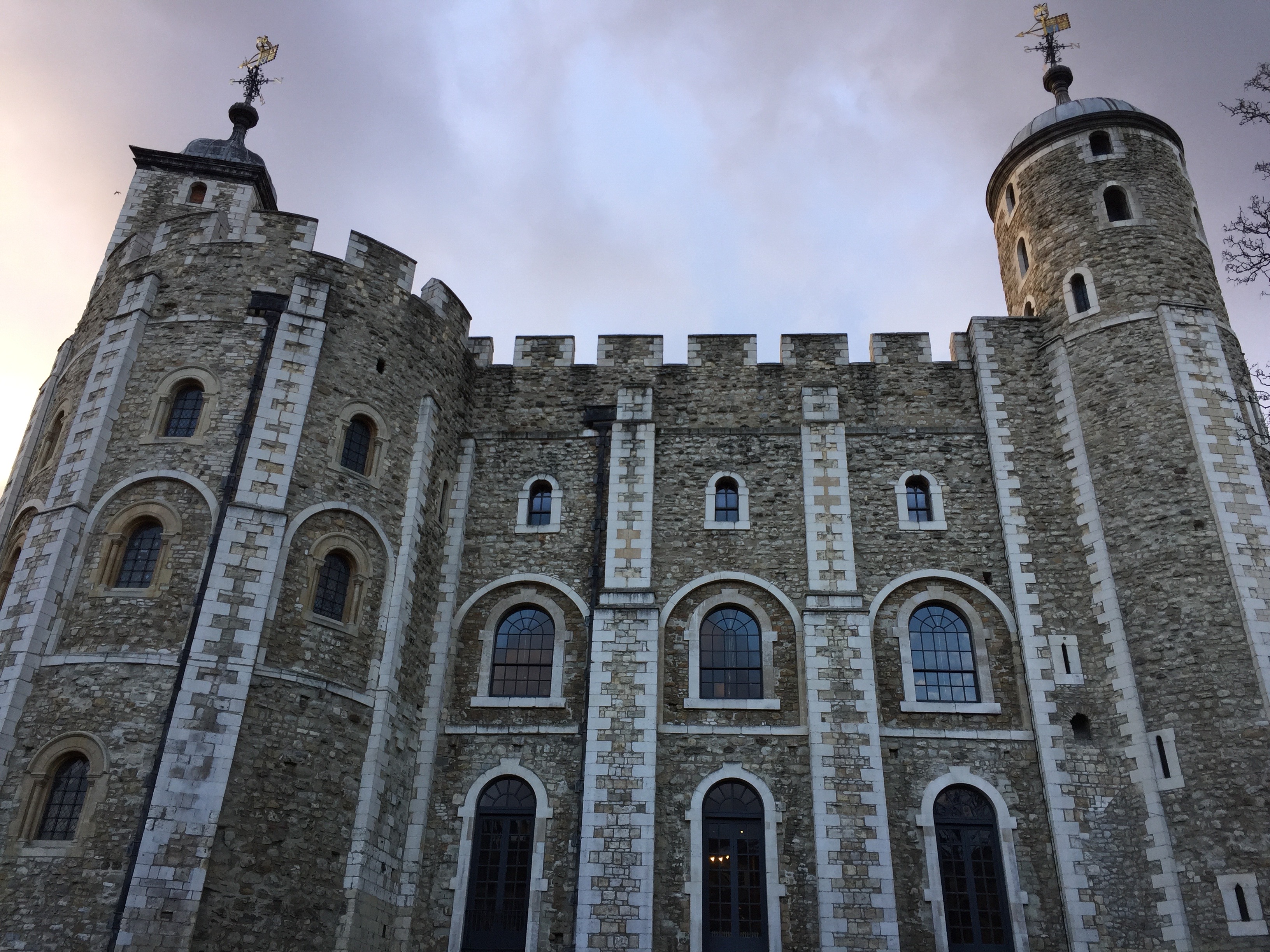
Date of inscription: 1988
The Tower of London is one of England’s most iconic structures, built strategically on the River Thames by William the Conqueror in 1066 as a demonstration of Norman power. Initially serving as a fortress and gateway to the capital, its use evolved over the centuries and it later became notable as a prison in the 16th and 17th centuries. The Tower has been the setting of several key events in European history, including the execution of three English queens. Today, it functions as an intriguing historical monument that was a fun visit for an afternoon on my trip to London.
Read more: A budget break in London, England
NORTH AMERICA
Canadian Rocky Mountain Parks, Canada

Date of inscription: 1984
The contiguous national parks of Banff, Jasper, Kootenay and Yoho, as well as the Mount Robson, Mount Assiniboine and Hamber provincial parks are Canadian destinations featuring awesome natural landscapes. Studded by mountain peaks, glaciers, waterfalls, canyons, and caves, you can easily spend weeks or even months exploring these feats of nature. I’ve had the chance to hike through parts of Banff and Yoho, and would classify these as the most beautiful places I’ve seen in the world.
Read more: Majestic mountains in western Canada
Grand Canyon National Park, United States

Date of inscription: 1979
Carved out by the Colorado River, the 1500 metre deep gorge known as the Grand Canyon is the most spectacular in the world. It was formed over 6 million years of geologic activity, with its exposed horizontal strata revealing 2 billion years of Earth’s history. It was a stunning sight to behold even for the short couple hours I spent on the South Rim during an excursion from Las Vegas.
Read more: Las Vegas with a side of Grand Canyon
Historic Centre of Old Quebec, Canada

Date of inscription: 1985
Founded by French explorer Samuel de Champlain in the early 17th century, Quebec is the only North American city to have retained its ramparts. This fortified historic centre of Quebec City is a well-preserved example of early European settlement in the Americas. Wandering through the cobbled streets on a cold winter day gave me a taste of Europe before I had the chance to travel there.
Rideau Canal, Canada

Date of inscription: 2007
The Rideau Canal covers 202 kilometres of the Rideau and Cataraqui rivers from Ottawa south to Kingston Harbour on Lake Ontario. It was built in the early 19th century, primarily for strategic military purposes when Great Britain and the United States vied for control of the region. It remains the best-preserved example of a slackwater canal in North America, and today is the nicest waterfront area found in Ottawa, where I lived for two years.
Read more: Entertaining yourself in Ottawa, Canada
Statue of Liberty, United States

Date of inscription: 1984
This iconic symbol of America was made in Paris by sculptor Frédéric Auguste Bartholdi in collaboration with Gustave Eiffel, as a gift from France on the centenary of American independence. Since its inauguration in 1886, the Statue of Liberty has welcomed millions of immigrants to the United States and was a must-visit on my first trip to New York City. We took a ride on the ever popular statue cruise to spot this monument, but unfortunately I’ve lost all my photos from that long ago trip.
Read more: Winter break in New York City
SOUTH AMERICA
City of Cusco, Peru

Date of inscription: 1983
Situated among the Peruvian Andes, the city of Cusco rose from the rule of Inca leader Pachacutec to an urban centre with various administrative and religious functions. It was conquered by the Spaniards in the 16th century, but the city’s basic structure was preserved along with the addition of Baroque churches and palaces. In the midst of gasping from the altitude, we were able to spend a couple days exploring the fascinating Inca ruins and colonial structures of this city before we headed off on our highly anticipated trek to Machu Picchu.
Read more: A day in Inkaredible Cusco
Machu Picchu, Peru

Date of inscription: 1983
Standing at 2430 metres above sea level in the middle of a tropical mountain forest, Machu Picchu is the most amazing urban creation of the Inca Empire at its height. How exactly the Inca people constructed the giant walls, terraces, and ramps remains clouded in mystery, drawing thousands of tourists every year to come see this great artistic and architectural achievement. We opted for a short version of the classic Inca Trail trek that took us up to this awe-inspiring landmark.
Read more: Surviving the short Inca Trail to Machu Picchu
Which UNESCO World Heritage sites have you visited, and which ones are on your bucket list?



Leave a comment